Explore Tanzania and experience this great country to its fullest extent. Lounge on the beaches of Lake Victoria or Nyasa Lake, then gaze across the Indian Ocean towards the mystical, ever-exotic island of Zanzibar . Safari across the rolling savannahs of the great Serengeti National Park and feast your eyes upon the magnificent Mount Kilimanjaro – the highest, permanently snow-capped mountain in Africa .
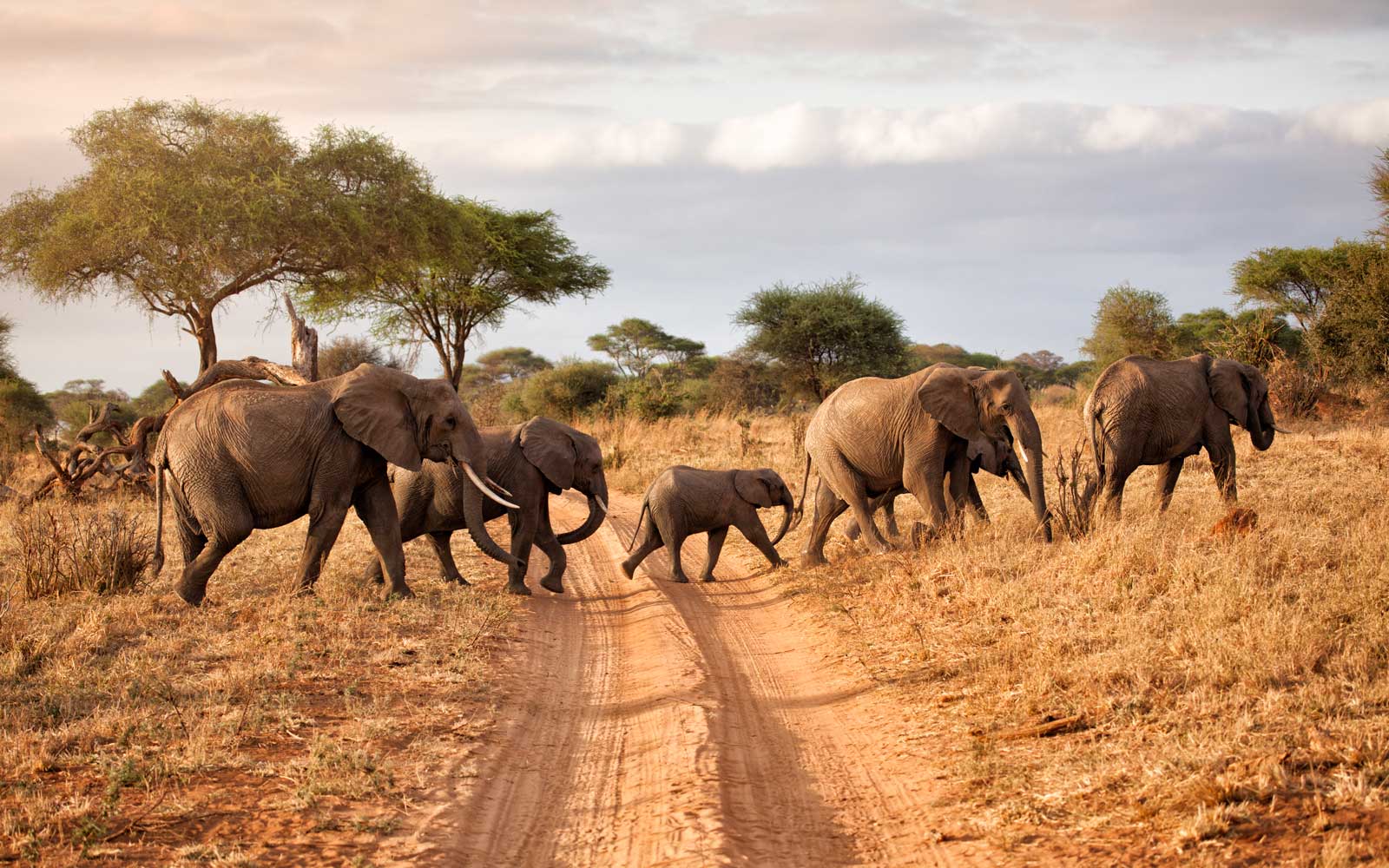
Mikumi is Tanzania’s fourth-largest national park, and the most accessible from Dar es Salaam. With almost guaranteed year-round wildlife sightings, Mikumi makes an ideal safari destination for those without much time. Within its 3230 sq km – set between the Uluguru Mountains to the northeast, the Rubeho Mountains to the northwest and the Lumango Mountains to the southeast – Mikumi hosts buffaloes, wildebeests, giraffes, elephants, lions, zebras, leopards, crocodiles and more, and chances are high that you’ll see a respectable sampling of these within a short time of entering the park.
Selous Game Reserve (GR) aka the Nyerere National Park is a 21,081 sq. mile park in southern Tanzania, the largest national park in the country. The park is home to one of the world’s largest wildlife sanctuaries.
Safaris at Selous Game Reserve are renowned for their picturesque and pristine setting and the reserve itself was designated a UNESCO World Heritage Site in 1982 as a protected nature reserve.
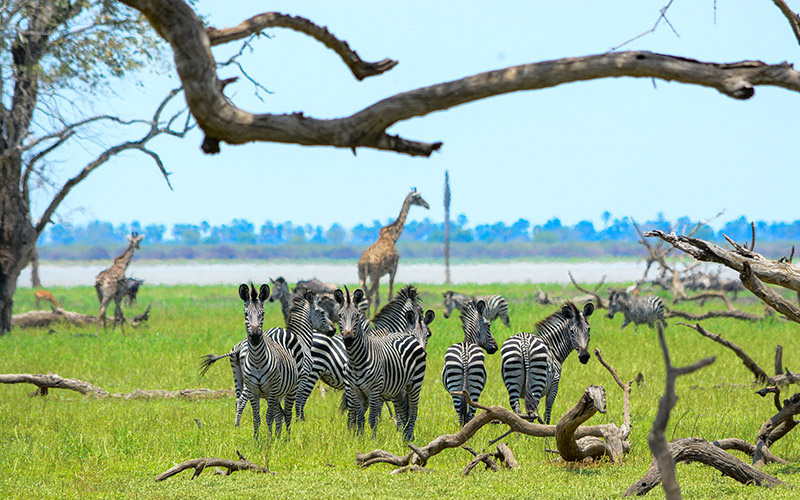
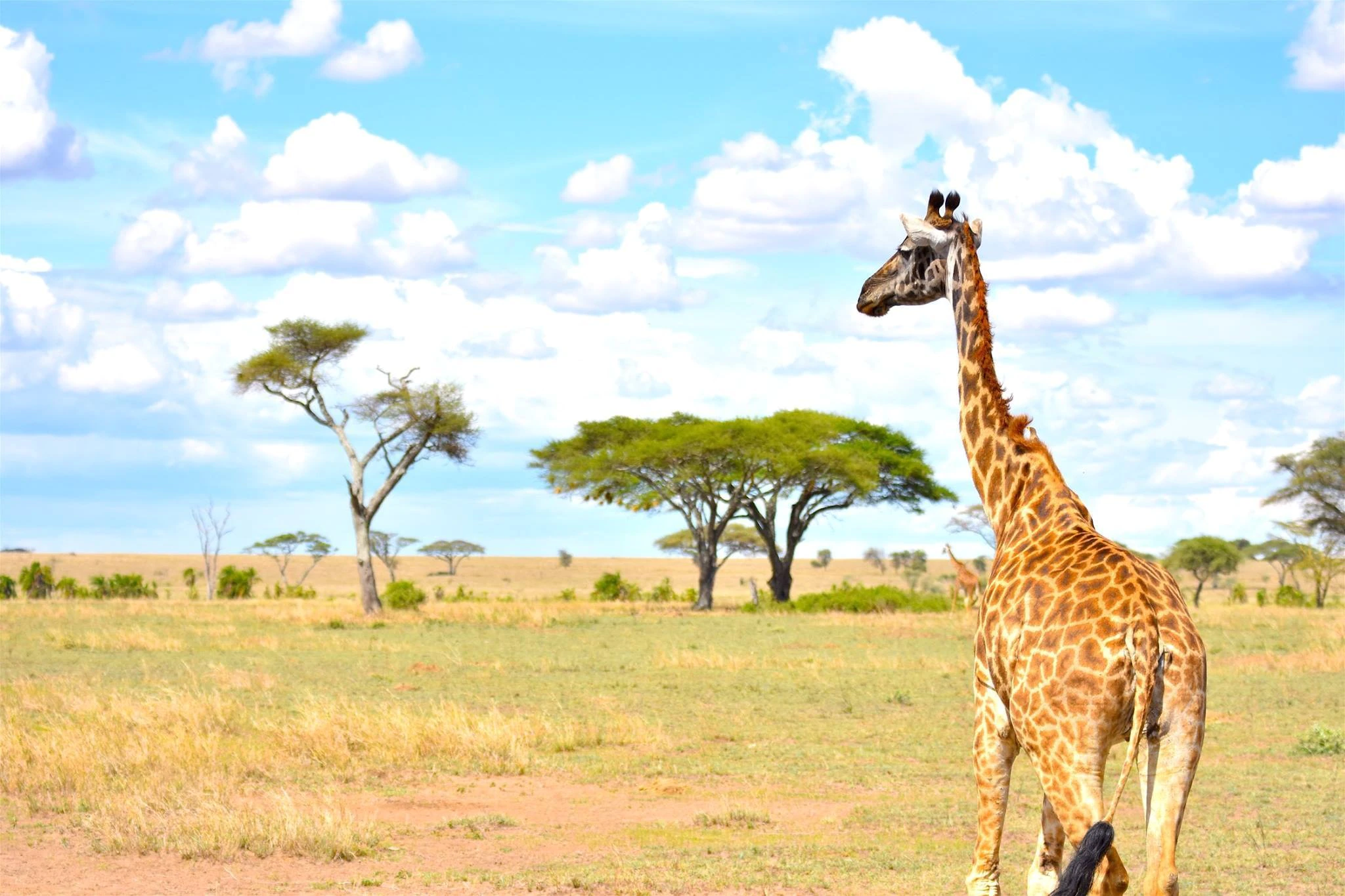
Ruaha National PARK Tanzania is an astonishing park which offers a fascinating variety of landscapes and un touched nature. Ruaha, at 10,300sq km, is a naturalist’s paradise which provides even the most experienced travelers with something new. The undulating topography, glorious river and majestic trees combine to produce one of Africa’s most captivating landscapes. Situated in central Tanzania, the Ruaha National Park is the second biggest park in Tanzania.
Udzungwa Mountains National Park Tanzania was established in 1992 and officially opened by the former President and founder of WWF (World Wildlife Fund for Nature) Prince Bernhard of the Netherlands. The word "Udzungwa" comes from the word "Wadsungwa" referring to one of the native sub tribes of the "Hehe" people who once lived in the slopes of the mountains.
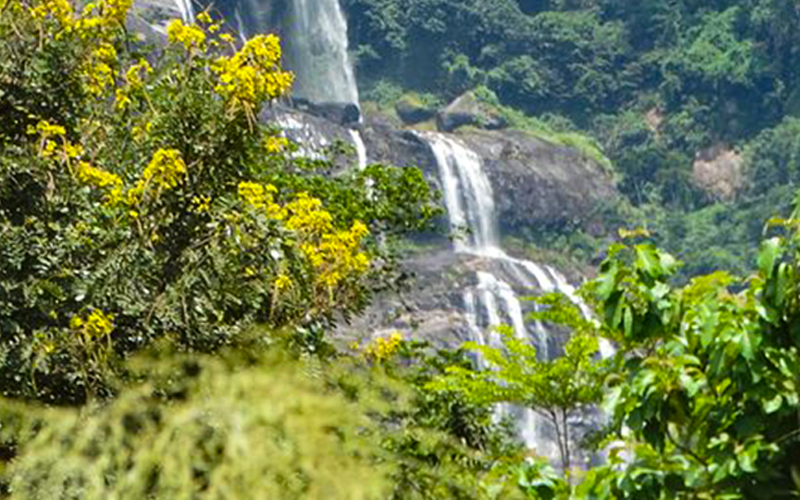
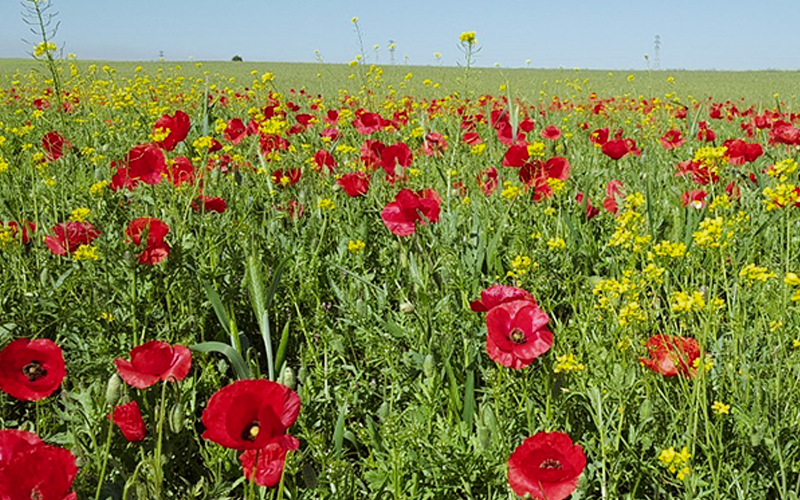
Kitulo National Park is at an elevation of 2,600 metres between the peaks of the Kipengere and Poroto mountains and covers an area of 412.9 square kilometres, lying in Mbeya Region and Njombe Region. The park was formally established in 2005 becoming Tanzania's fourteenth national park. Kitulo National Park referred by locals as “The Garden of God”.
Kitulo National Park is a protected area of montane grassland on the Kitulo Plateau in the southern highlands of Tanzania. But Kitulo – a botanist and hiker’s paradise - is also highly alluring to birdwatchers. Tanzania’s only population of the rare Denham’s bustard is resident, alongside a breeding colony of the endangered blue swallow and such range-restricted species as mountain marsh widow, Njombe cisticola and Kipengere seedeater. Endemic species of butterfly, chameleon, lizard and frog further enhance the biological wealth of God’s Garden.